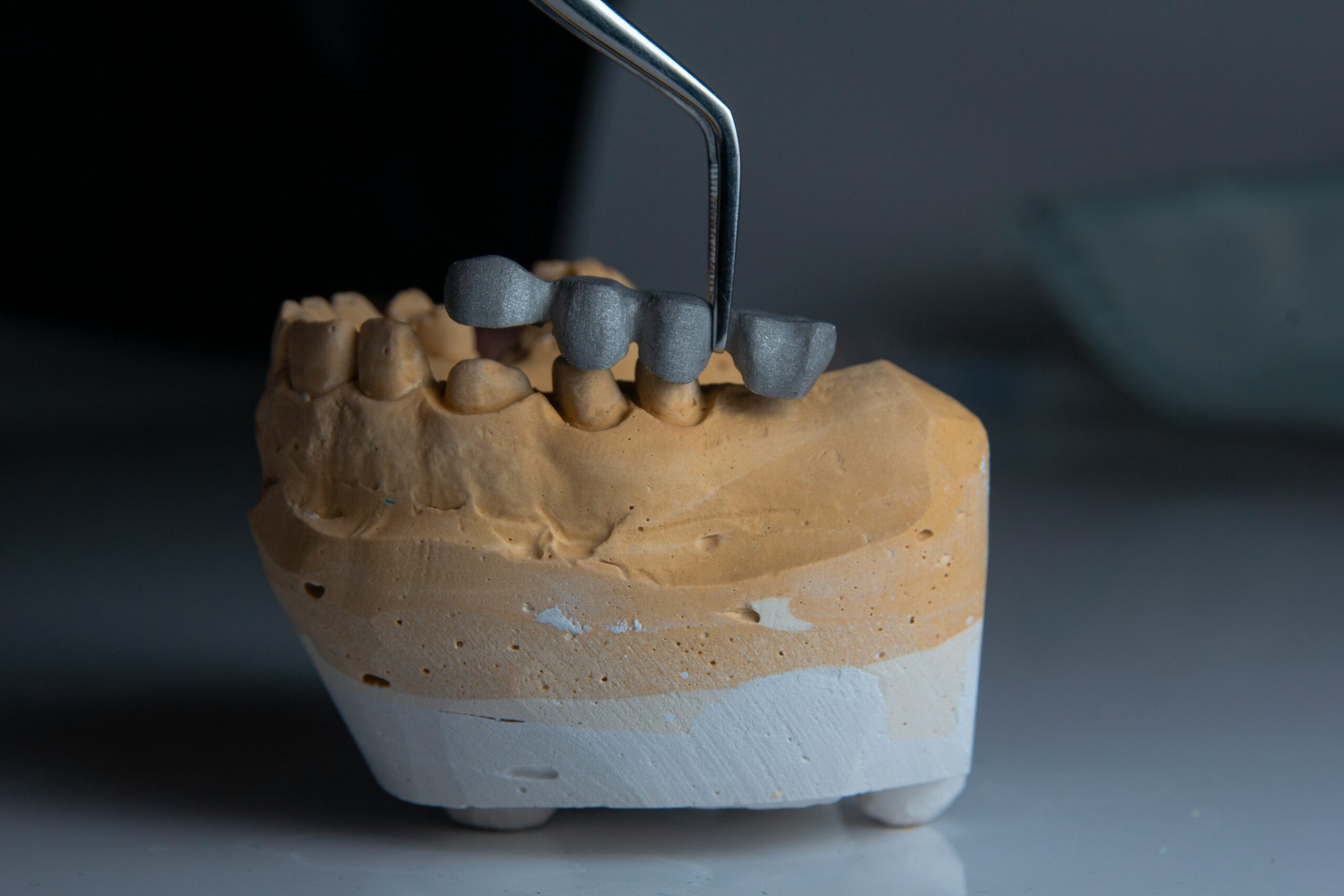
A Revolution Rooted in Precision
Walk into a modern dental clinic today, and you’ll notice something remarkable: a quiet but powerful shift from traditional methods to digital precision. One of the leading forces behind this transformation is 3D printing, a technology that has reshaped how dental implants are designed, manufactured, and placed. It’s not just a new gadget—it’s a revolution redefining smiles, confidence, and care.
Unlike the past, when implants were crafted through manual molding and machining, 3D printing offers dentists a way to build implants customized down to the micrometer. This means a perfect fit, faster recovery, and a much more natural look and feel for the patient.
From Digital Scan to Perfect Fit
The journey begins with a digital scan—an exact 3D map of a patient’s mouth. Using advanced imaging, the dentist captures every contour, ridge, and gap. This scan becomes the foundation for creating a custom implant tailored precisely to the individual’s anatomy.
In traditional dentistry, customization had limits. Patients with unusual jaw structures or bone loss often faced challenges that required compromises. With 3D printing, those limitations fade away. The printer builds the implant layer by layer, ensuring a flawless fit that integrates seamlessly into the bone structure. The result? Less discomfort, fewer adjustments, and greater longevity.
Beyond Metal: Materials Built for the Future
When most people think of implants, they imagine titanium—a tried-and-true material. But 3D printing is expanding that horizon. Today, dentists and researchers are exploring biocompatible polymers, ceramics, and hybrid composites that mimic the strength and flexibility of natural bone.
For instance, zirconia implants, once rare and difficult to produce, are now gaining popularity thanks to 3D printing’s precision. They’re strong, corrosion-resistant, and visually closer to natural teeth. Some researchers are even developing bioresorbable scaffolds that allow natural bone to grow into the implant, gradually replacing the printed material over time. It’s innovation meeting biology in the most practical way possible.
Speed Meets Accuracy in the Clinic
One of the biggest advantages of 3D printing is time. What used to take weeks—sending molds to external labs, waiting for manufacturing, adjusting prototypes—can now be done in a matter of hours or days.
A dentist can design, print, and test-fit an implant in their own clinic using chairside 3D printers. Patients no longer have to endure multiple appointments or temporary fittings. The precision of digital modeling ensures that the implant aligns perfectly on the first try. It’s dentistry at the pace of modern life—fast, efficient, and reliable.
Imagine walking into a dental office with a missing tooth and leaving the next day with a permanent, perfectly fitted replacement. That’s not science fiction anymore—it’s the power of digital manufacturing at work.
Reducing Human Error Through Digital Design
No matter how skilled a technician is, human hands have limitations. Even a slight variation in shaping or drilling can affect the implant’s success. 3D printing minimizes these risks by relying on computer-guided accuracy.
The digital workflow—from scanning to design to printing—ensures consistency at every step. Once the data is captured, fatigue or distraction can’t interfere with the process. This reduces the margin of error dramatically, improving implant success rates and patient satisfaction.
For dentists, it’s a chance to focus more on care and less on correcting imperfections. For patients, it means peace of mind knowing that their new smile is built with precision beyond human capability.
The Cost Equation: Affordable Excellence
It’s easy to assume that cutting-edge technology means higher costs, but in many cases, 3D printing actually lowers expenses over time. By eliminating middlemen, reducing waste materials, and cutting down production time, dental practices can offer high-quality implants at more accessible prices.
Clinics also benefit from keeping production in-house, which allows better control over quality and faster turnaround. For patients, this translates to fewer visits, less discomfort, and lower overall treatment costs.
It’s a win-win that’s helping democratize access to top-tier dental solutions—making smiles brighter across more communities.
Real-World Impact: Changing Lives, One Smile at a Time
Take the example of a patient who lost several teeth in an accident. Traditionally, such a case might require extensive grafting and months of waiting before a permanent implant could be placed. With 3D printing, the dentist can create a personalized implant structure that supports rapid healing and perfect alignment with the surrounding teeth.
Or consider rural clinics where access to dental labs is limited. Portable 3D printers are empowering practitioners to deliver advanced treatments locally—something that was unthinkable a decade ago.
Every story like this reflects the same truth: 3D printing isn’t just about machines—it’s about people. It’s about restoring confidence, dignity, and quality of life in ways that were once out of reach.
Looking Ahead: The Next Chapter in Dental Innovation
As technology continues to evolve, the future of dental implants is moving toward even more exciting possibilities. Researchers are experimenting with AI-driven design tools that can predict stress points, improve bite alignment, and simulate decades of wear before the implant is even made.
We’re also seeing progress in regenerative dentistry, where 3D-printed implants are infused with stem cells to encourage natural tissue growth. Imagine an implant that doesn’t just replace a tooth but helps your body regrow parts of it.
In the coming years, collaboration between dentists, bioengineers, and software developers will likely define the next era of dental care—one where innovation and precision merge seamlessly to create lasting smiles.
The Bottom Line
3D printing has turned the art of dentistry into a science of precision. It’s not about replacing human skill but enhancing it. With faster production, better materials, and unmatched accuracy, this technology is redefining what’s possible in oral health.
From the patient’s perspective, it means a shorter journey from problem to solution—and results that look and feel natural. For dentists, it’s a leap forward into a future where creativity, data, and compassion come together in every procedure.